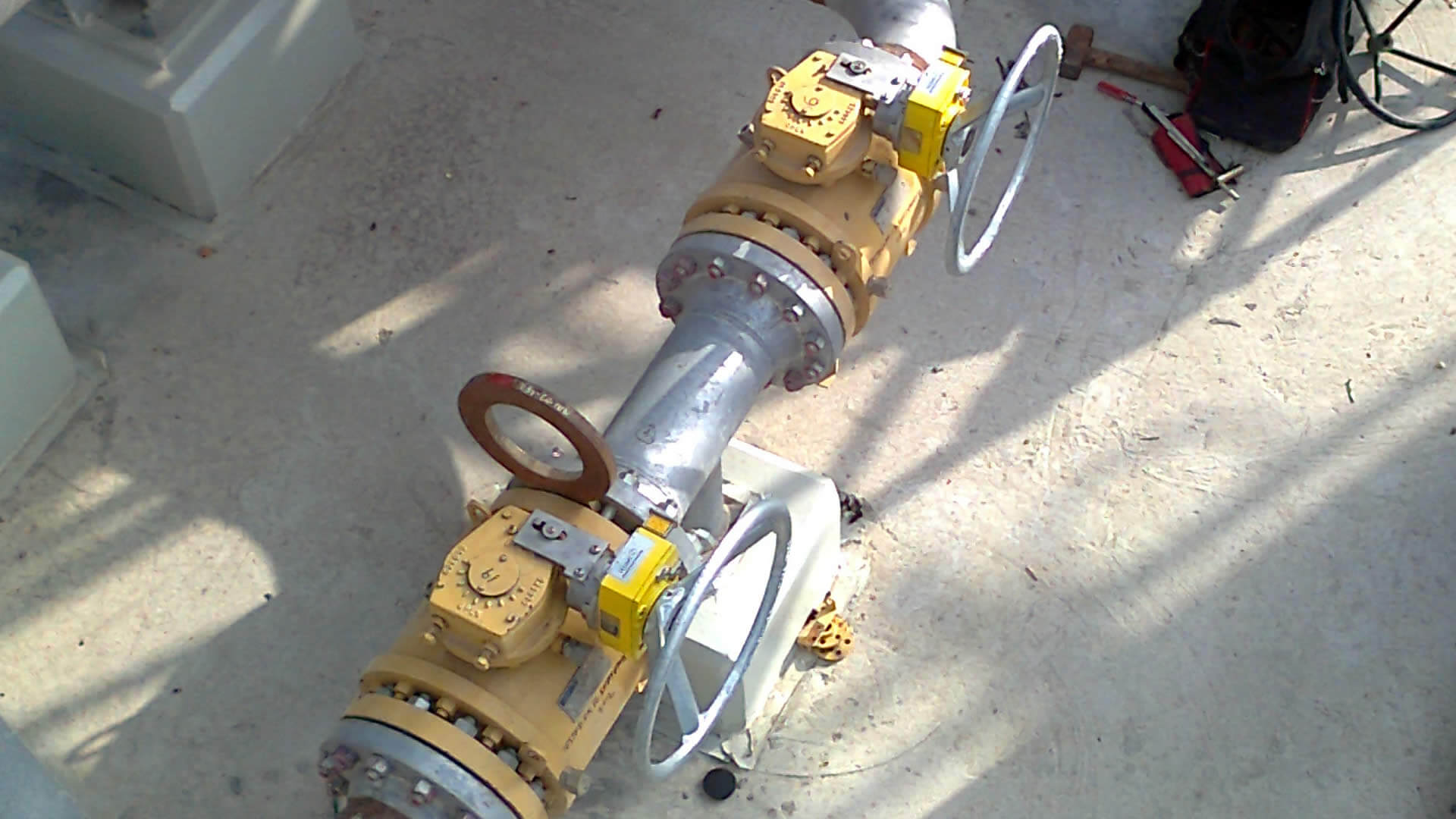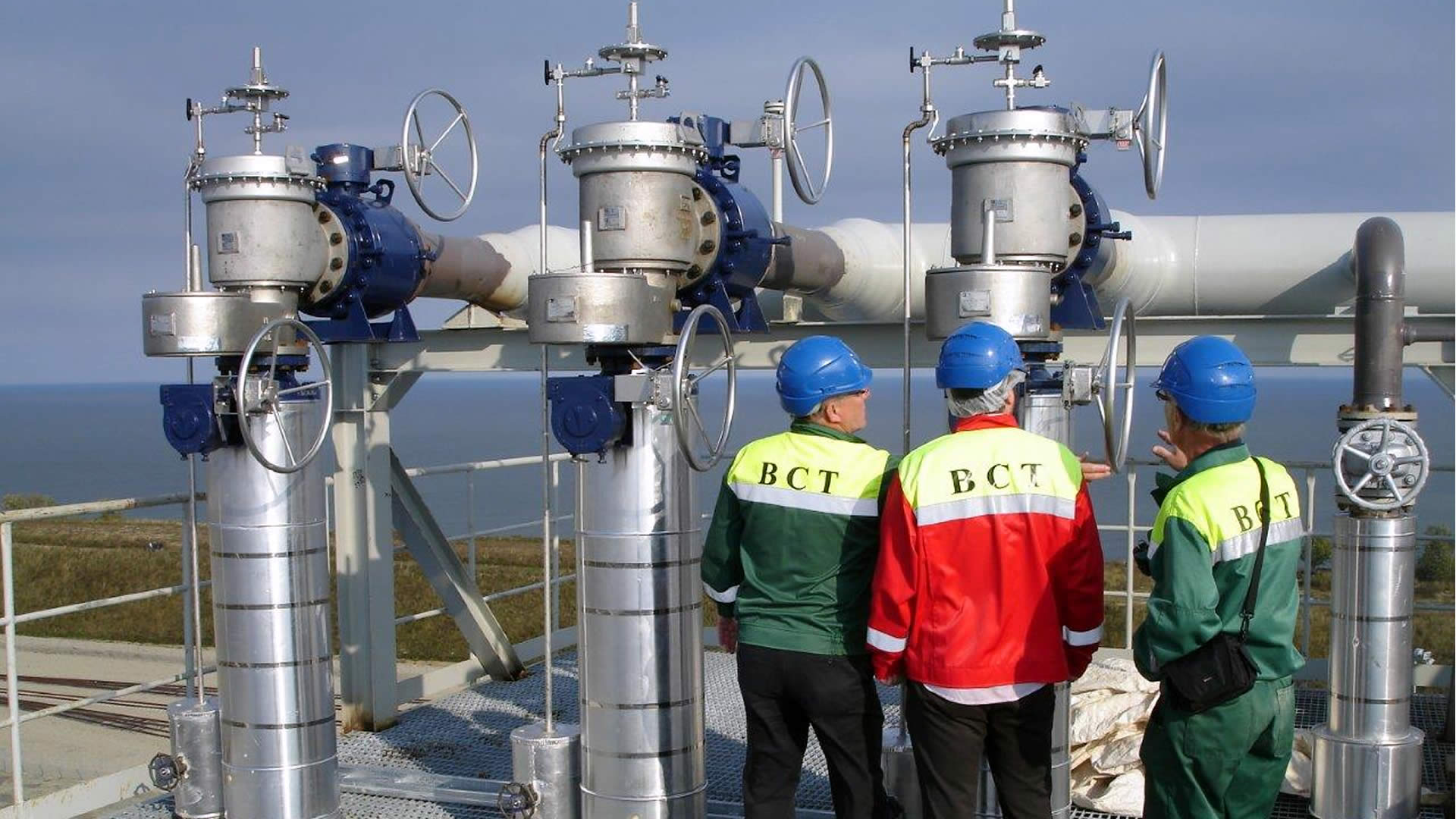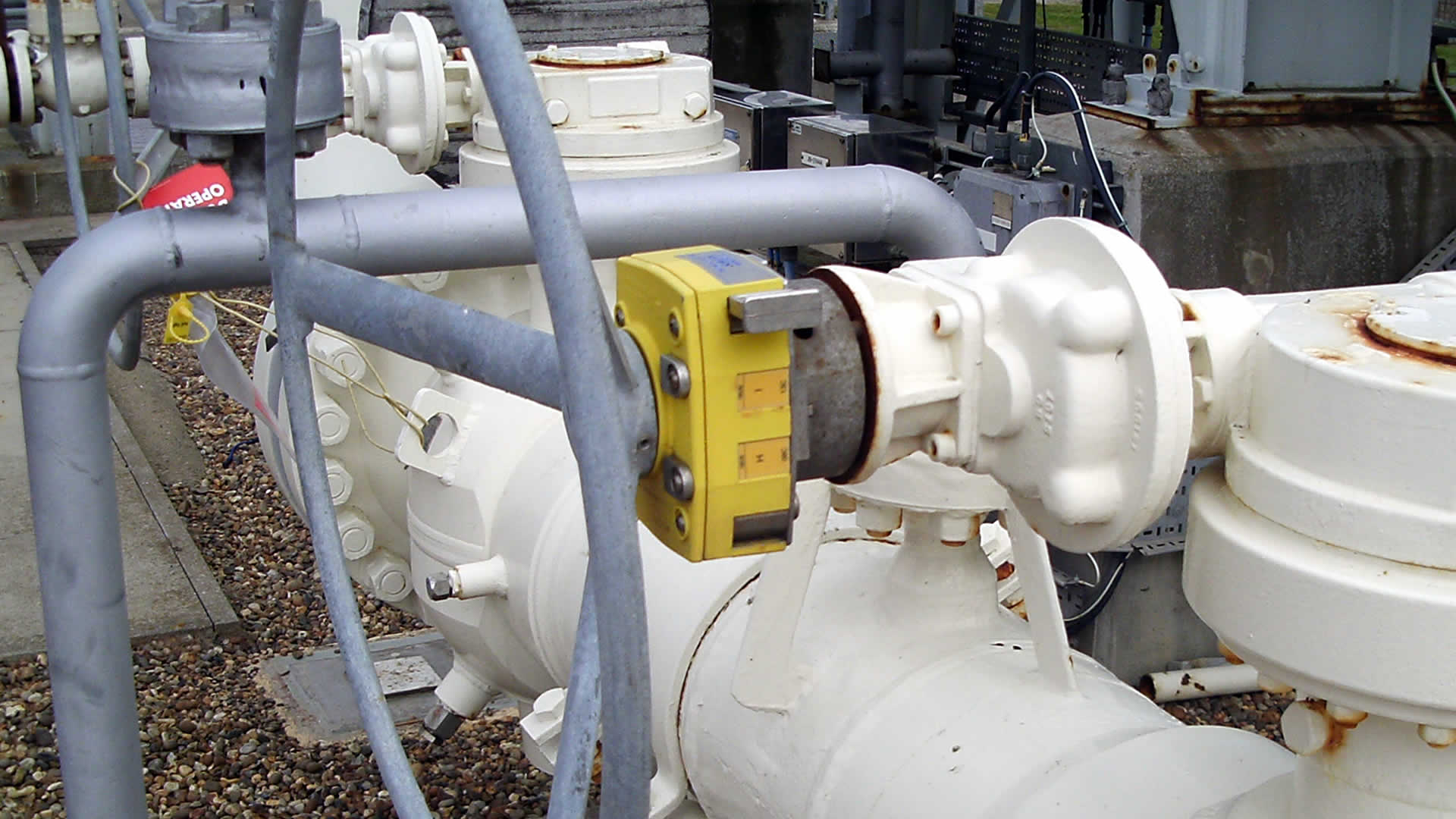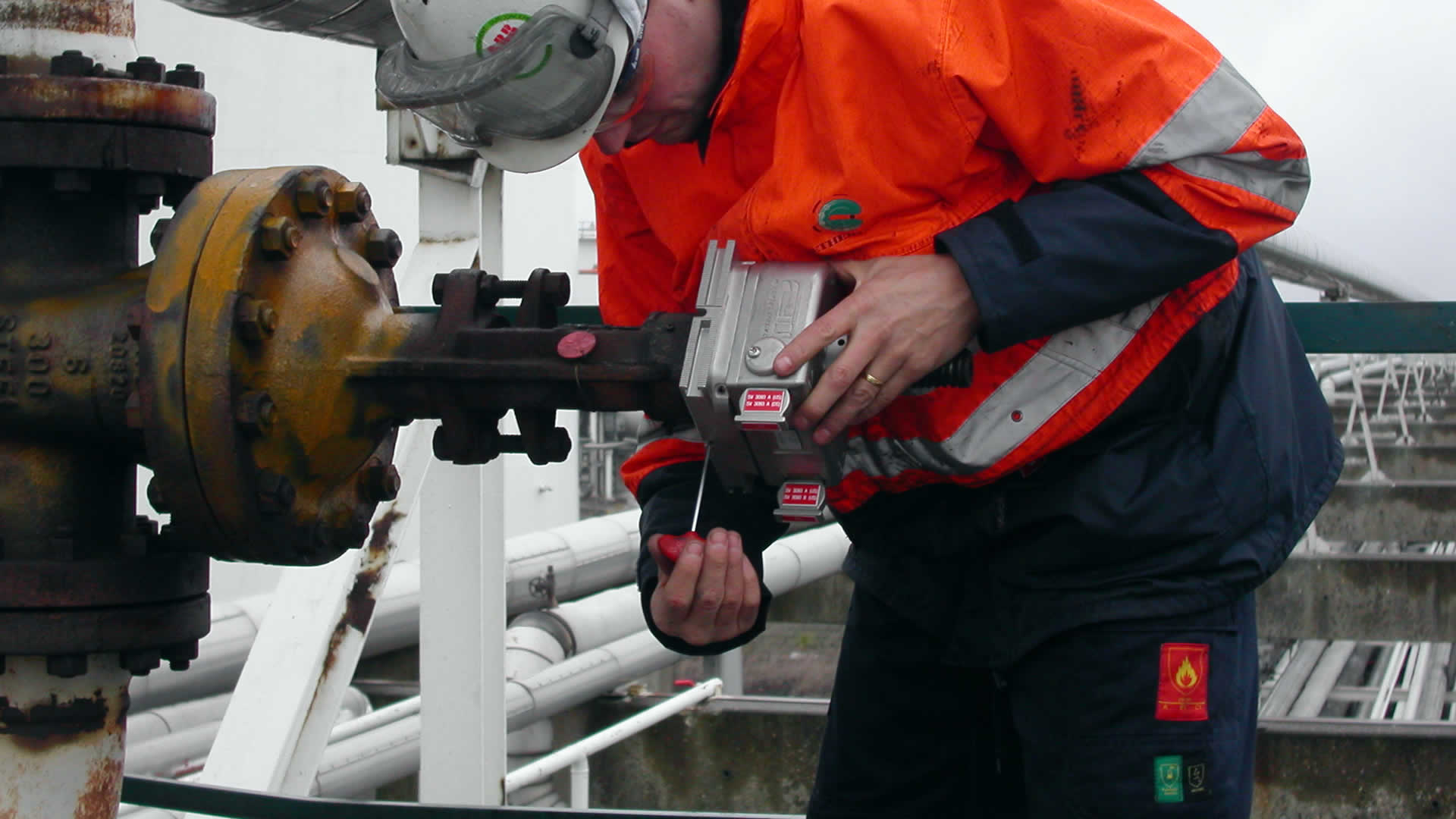Valve interlock devices guide valve operators through a predefined valve operation procedure. Unique operating keys only allow the right valves to be opened or closed in the correct sequence.
Using a valve interlock device to prevent accidents
Valve interlocks force adherence to valve operating procedures
Controlling the order in which process activities are carried out has traditionally been achieved using a permit to work (PTW), accompanied by documented instructions. However, this system is vulnerable to ‘human factor’ interference. Failure to correctly interpret instructions or ignorance of the system can cause the operator to make mistakes, which can lead to industrial accidents of varying degrees. Valve interlocks force the operator to follow valve operating procedures. They also provide effective protection of investments in plant and equipment, improve employee safety and reduce the risk of damage to the environment.


Valve interlock applications
Valve interlock devices are used in many applications, such as pressure relief valves (PRVs), pig launching and receiving, decoking, inert gas systems, pump start-up, flare lines, boiler blowdown, 2 out of 3, chemical dosing pots, HP fuel gas heaters, closed drain drums, vessel filling, vessel isolation, gas train alignment and pump routing.
Valve interlocks for lever- and hand wheel-operated valves
Smith interlocks and Netherlocks interlocks from Sofis are used to safeguard people and force procedures to be followed. They protect both equipment and the environment. Valve interlock systems are used for a wide variety of applications, such as pressure relief valves (PRVs), pig launching and receiving, decoking, inert gas systems, pump start-up, flare lines, boiler blowdown, 2 out of 3, chemical dosing pots, HP fuel gas heaters, closed drain drums, vessel filling, vessel isolation, gas train alignment and pump routing.

How do valve interlocks prevent unauthorised valve operation?
A valve interlock device is used to ensure that valves are operated in the correct and safe sequence. The video below explains how this is achieved.
Fifting a valve interlock device to a valve
Valve interlock devices can be fitted to the valve during live process, without the need for a system shutdown, and they do not compromise the certified pressure envelope of the system. The lock body is permanently marked with the desired plant identifiers or ‘tag’ numbers. When using valve interlocks, operators are forced to follow the correct sequence of operation with all valves in the interlock sequence.

How can we help you?
We have extensive application knowledge and over 30 years’ experience and project management skills. Our global team of engineers is available to assist with valve interlock sequence design and develop customised process safety products. They are committed to improving your valve operations and, ultimately, your plant performance.

